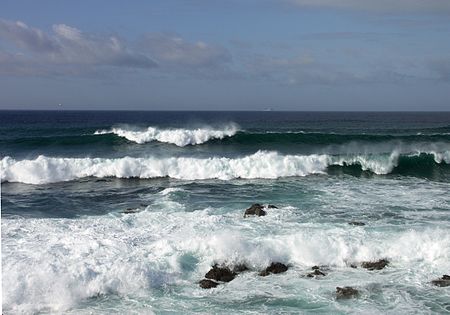AMSA has issued the annual edition of its ‘Tide Tables’ publication including hourly predictions for Torres Strait and Great Barrier Reef for safe navigation.
Torres Strait is an interface between the diurnal tidal regime of the Indian Ocean and the semi-diurnal tidal regime of the Pacific Ocean. This creates a highly variable and complex tidal regime with fast flowing tidal streams up to 8 knots predicted in the tidal stream tables at Hammond Rock within the POWC. Tidal levels change rapidly. It is not uncommon to have the tide rising at one location, only to be found falling close nearby. This large tidal range and local seasonal adverse weather conditions can make for testing navigational conditions.
Coastal pilots use a combination of predicted tidal levels, real-time tidal levels, and experience to plan and
execute ship transits of the Varzin Passage, Gannet Passage and POWC areas, whilst maintaining the minimum UKC required throughout. A full transit of the most constrained area is approximately 36 NM in length, which can take many hours to complete if a deep draught ship is constrained by complex and strong tides. It is therefore not uncommon for ships to anchor in the approaches to this area, awaiting a suitable tidal window for the transit. Pilotage providers may assist Masters of deep draught ships in determining tidal windows or constraints.
The publication includes hourly predictions for Torres Strait islands: Booby Island, Goods Island, Turtle Head, Ince Point, Twin Island, Frederick Point, Poll Island, Coconut Island, Stephens Island; hourly predictions for Great Barrier Reef Islands: Heath Reef, Thomas Island; predictions of high and low water for: Pelican Island, Leggatt Island, Bugatti Reef.
The publication is prepared by the Australian Marine Safety Authority with the assistance of the Hydrographic Office, Royal Australian Navy and also with the assistance of the Australian Hydrographic Office.
Source: AMSA































































